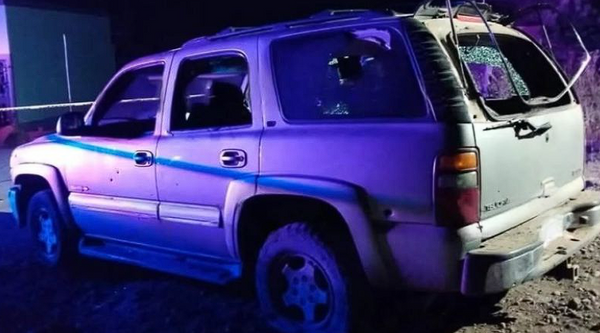
A major winter storm is forecasted to impact more than 1,300 miles of the United States over the weekend and into next week, bringing heavy snow, hazardous ice, rain, and severe thunderstorms. This storm is expected to break the pattern of limited winter weather in the eastern two-thirds of the country, affecting areas from the Plains to the East Coast.
The storm is set to develop in the Plains on Saturday afternoon, fueled by moist air from the Gulf of Mexico, spreading snow, rain, and ice over the region. It will then move eastward, affecting the Mississippi Valley, Midwest, Ohio Valley, Southeast, and eventually reaching the East Coast by Monday.
While the regions at greatest risk are identified, the exact distribution of snow, ice, and rain remains uncertain due to potential shifts in the storm's track. Some areas may experience a mix of precipitation types, with snow turning into ice or rain depending on temperature fluctuations.
The storm is expected to dump over a foot of snow in some areas, with the highest snow totals likely in Missouri, Illinois, Indiana, Ohio, and West Virginia. Meanwhile, regions like Minnesota, Wisconsin, Michigan, and Upstate New York may receive minimal snow due to the storm's southerly track.



In addition to snow, treacherous ice accumulation is a significant concern, particularly in areas south of the snowiest regions. Significant icing is possible from Kansas and Missouri through the central Appalachians, posing risks to travel and power infrastructure.
The storm's southern side will bring soaking rain and severe thunderstorms to the South, with potential threats of damaging wind gusts, hail, and tornadoes. The storm is expected to exit the East Coast by late Monday, ushering in Arctic cold temperatures that could persist into mid-January.
Overall, the storm is anticipated to cause considerable disruptions, dangerous driving conditions, widespread closures, power outages, and potential flooding. Residents in the affected areas are advised to stay informed and take necessary precautions to ensure their safety during this severe weather event.







